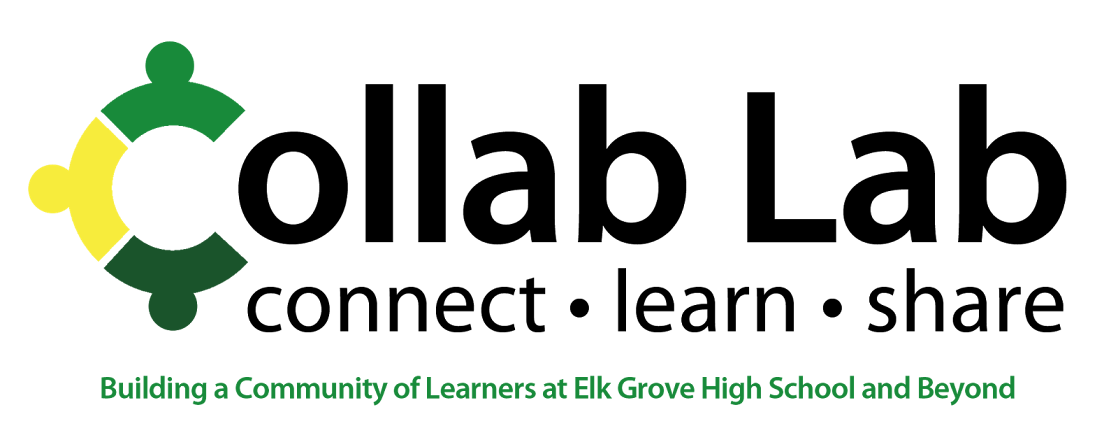This is part of a blog series intended to document and define learning at Elk Grove High School throughout the 2018-2019 school year in order to increase student learning, give professionals autonomy, increase trust in our learning community, and foster a sense of personal-intellectual collegiality within the building across departments. You can read all of the previous posts here. I am going into each teacher's class four times and then they are reflecting alongside their students on the learning that took place and what they hope for.
There are certain classes in the school that are close to what I hope schools could be. Really, what we should all aspire to be. Art is one of those places. I loved to draw a kid. As I got older, I didn't make time for it since I had more "academic" subjects to focus on. Art didn't fit into my schedule. I'm making room for it now.
I went into Cindy Pacyk's art class and was blown away by the atmosphere. Students worked at the own pace on their projects. It was a lunch period and students were dropping in and helping kids who aren't even in their class. Freshmen through seniors are mixed in and working together. Cindy pulled small groups together to show them a technique and answer questions. There was a calm and ease to the class that is hard to create. It was amazing.
I had to know more. I wanted to know what her definition of learning was and what conditions she felt people learned best under. This is what she said:
Cindy: Learning is the ability to master the basics of a subject matter and use them appropriately to find one’s own voice. It is the acquisition of problem-solving skills that allow a student to be flexible in their approach to different scenarios. This level of mastery helps students develop a portfolio of meaningful and individual artworks.

How do you believe people learn best?
Cindy: I believe people best learn by making mistakes with the understanding that this is a tool they have gained or an understanding. If the mistake is seen as only that, a mistake, a greater lesson is not learned but if they view it as a way of gaining insight they have learned. In making that “mistake” they know one way something did not work that is knowledge gained.




























